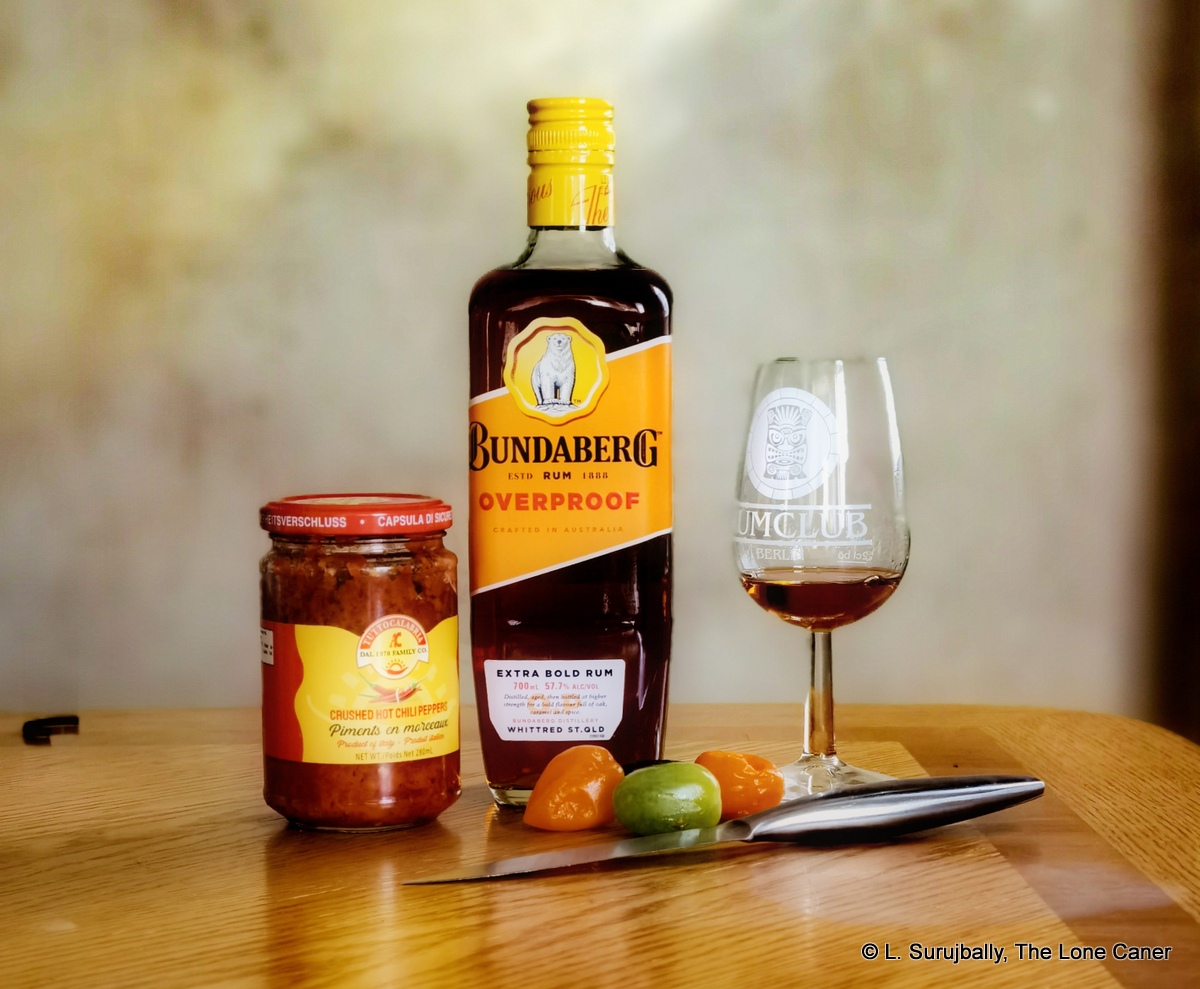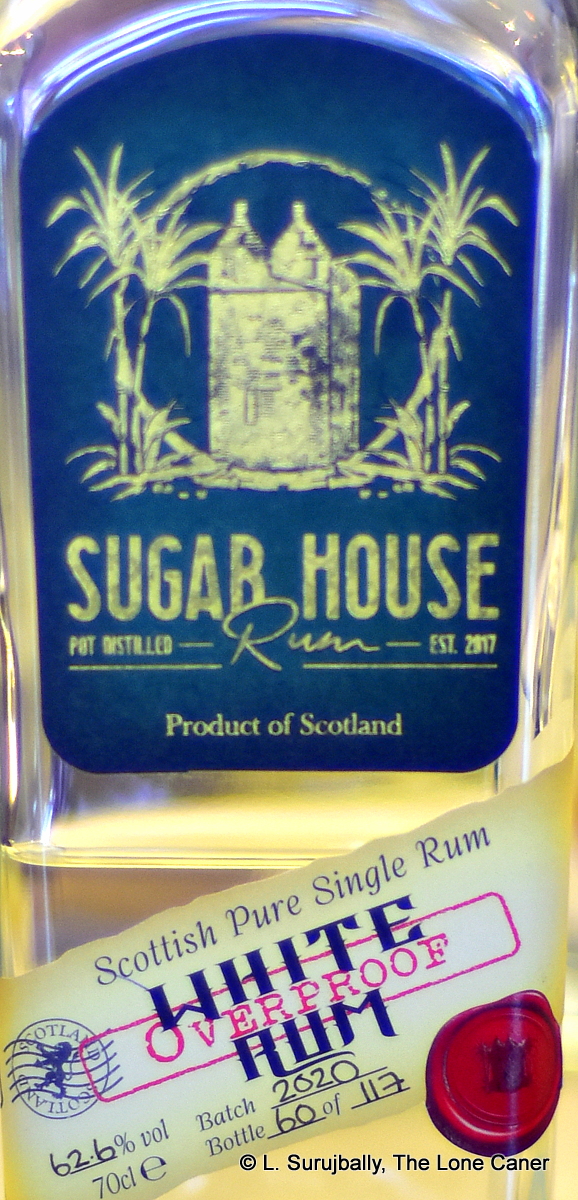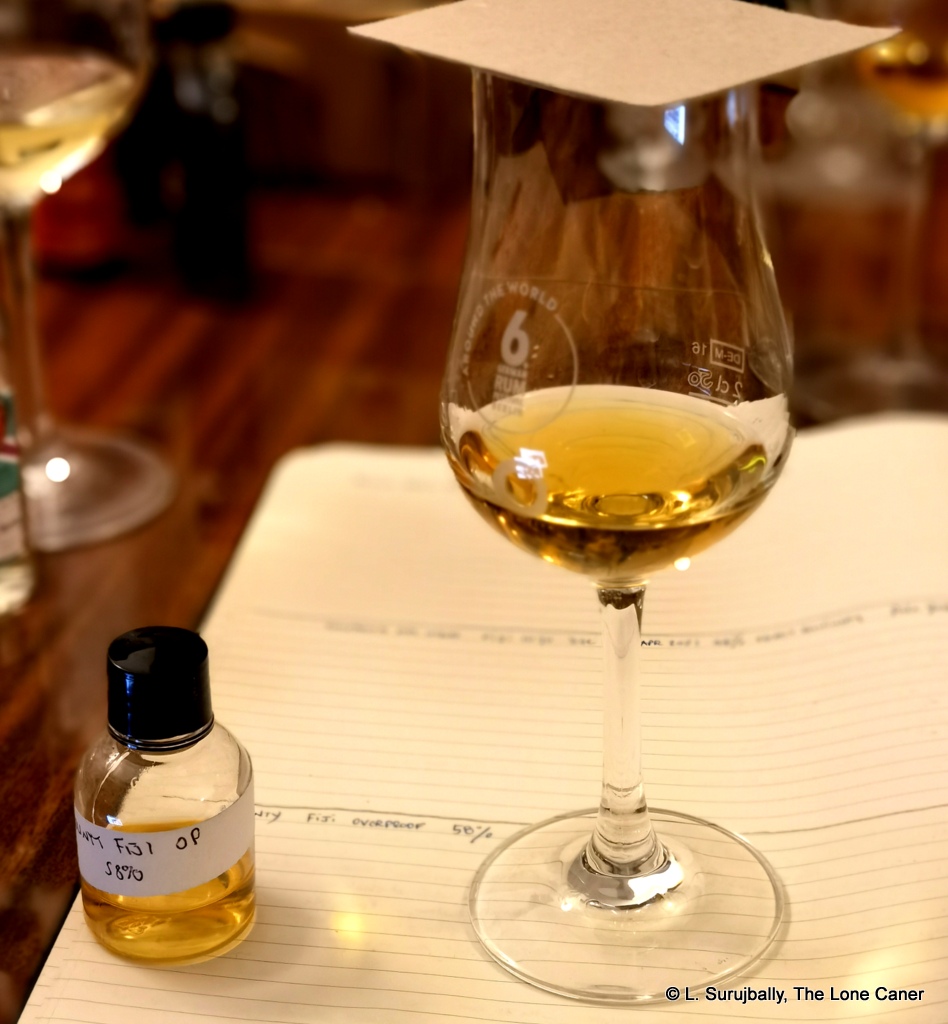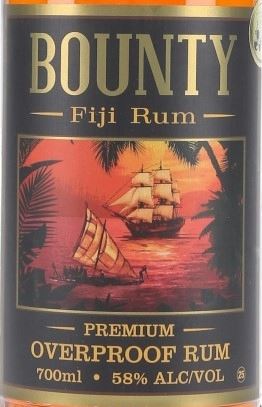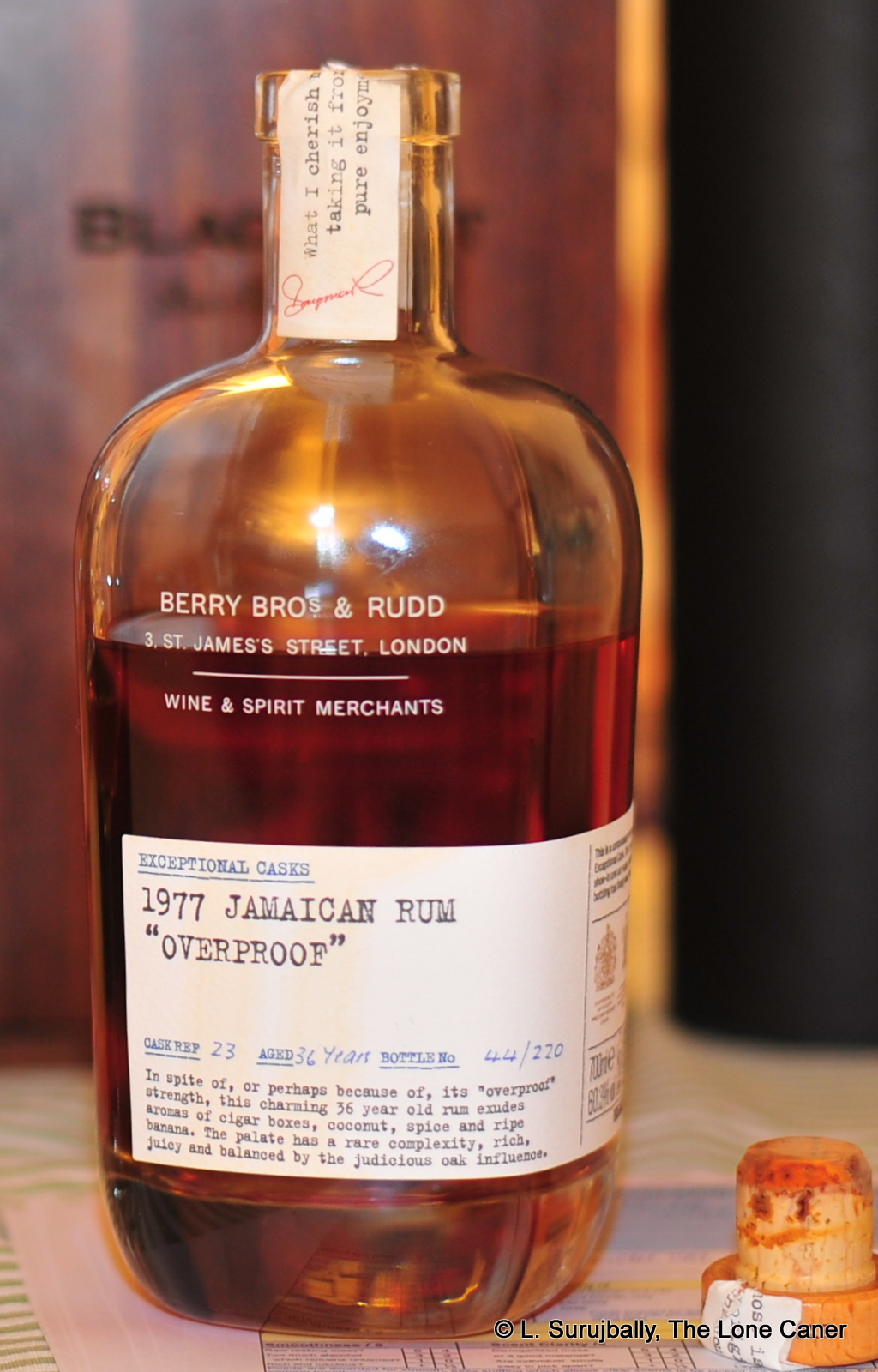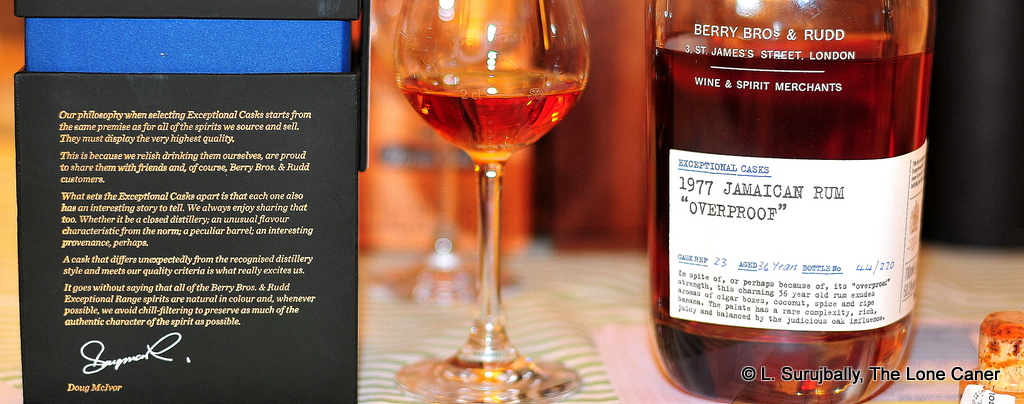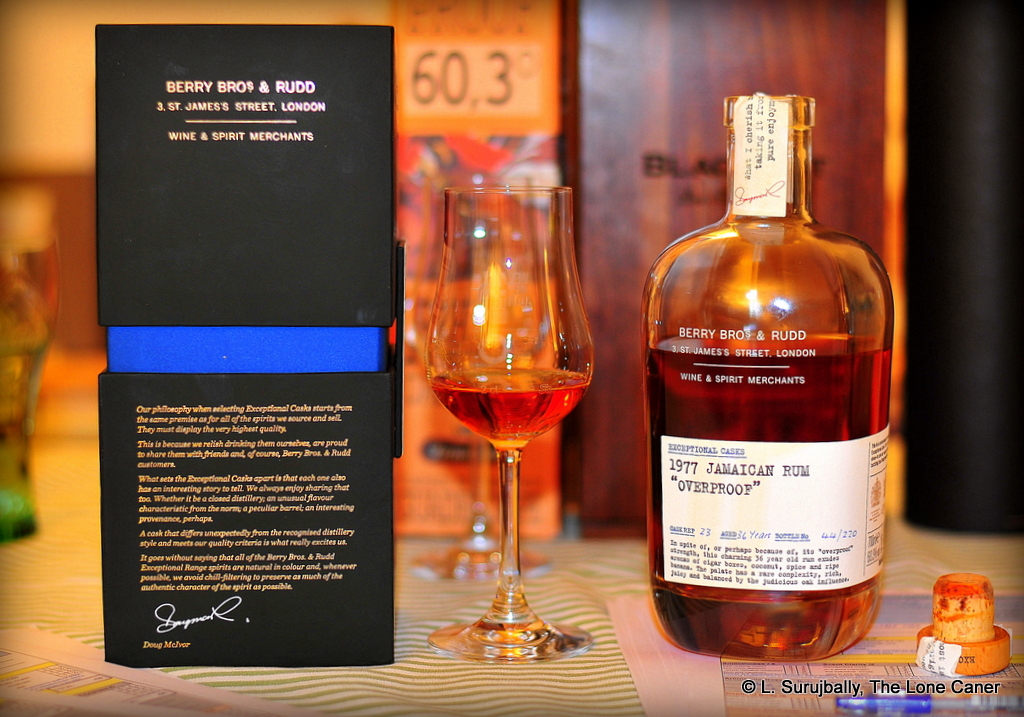Bundaberg — or “Bundie” — may the most globally famous rum from Australia, the rum that (according to the local wags) coke, ginger beer and weekends were invented for. Even if you’ve never seen a bottle or tried it, you’ve likely heard the name. Aussies seem to love hating on it with a sort of gruff affection, but God help the gronk or the pom who disses the thing – then you get comments like Gunnar’s, which, I have to be honest, made me laugh harder than the closing sentences of the latest Plantation diss. Though they have something of a hammerlock on low end rum sales in Australia (especially Queensland), they don’t do that well outside Oz (many know the brand, though fewer have tried it), since they have not, to my knowledge, ever bothered to sell bulk abroad, cultivate a serious export market, or delve into specialised bottlings of their own until very recently – even with the deep pockets of Diageo, which bought the brand in 2000.
Yet Canada gets some, from time to time, and I’ve tried a couple. It’s been more than a decade since Keenan and I suffered the agonies of our tonsils being tied into pretzels by the original Bundaberg, but that merely exemplified what a deficient knowledge of Australian rums we possessed back then, because, well, what the hell did we know? I did try the Black labelled “Reserve” some time later; and thought it was better…still, I felt no particular urgency to take it further, acquire more, taste more widely, not even when my desire to highlight Australia became more pronounced a few years ago. It took Gunnar’s cheerfully bellowing and sneering comment on that first review the other week to reignite my curiosity: enough for me to run out, and buy the only other available Bundie in my local market,
The rum I bought was the Overproof. As far as I know it’s been in commercial production and distribution for most of this century, and though the website doesn’t say so and details are surprisingly thin on the ground, it’s a pot-column still blend of a rather indeterminate age, likely less than five years old. It’s also rather good, with a solid 57.7% strength that provides a wallop that really allows the flavours to pop.
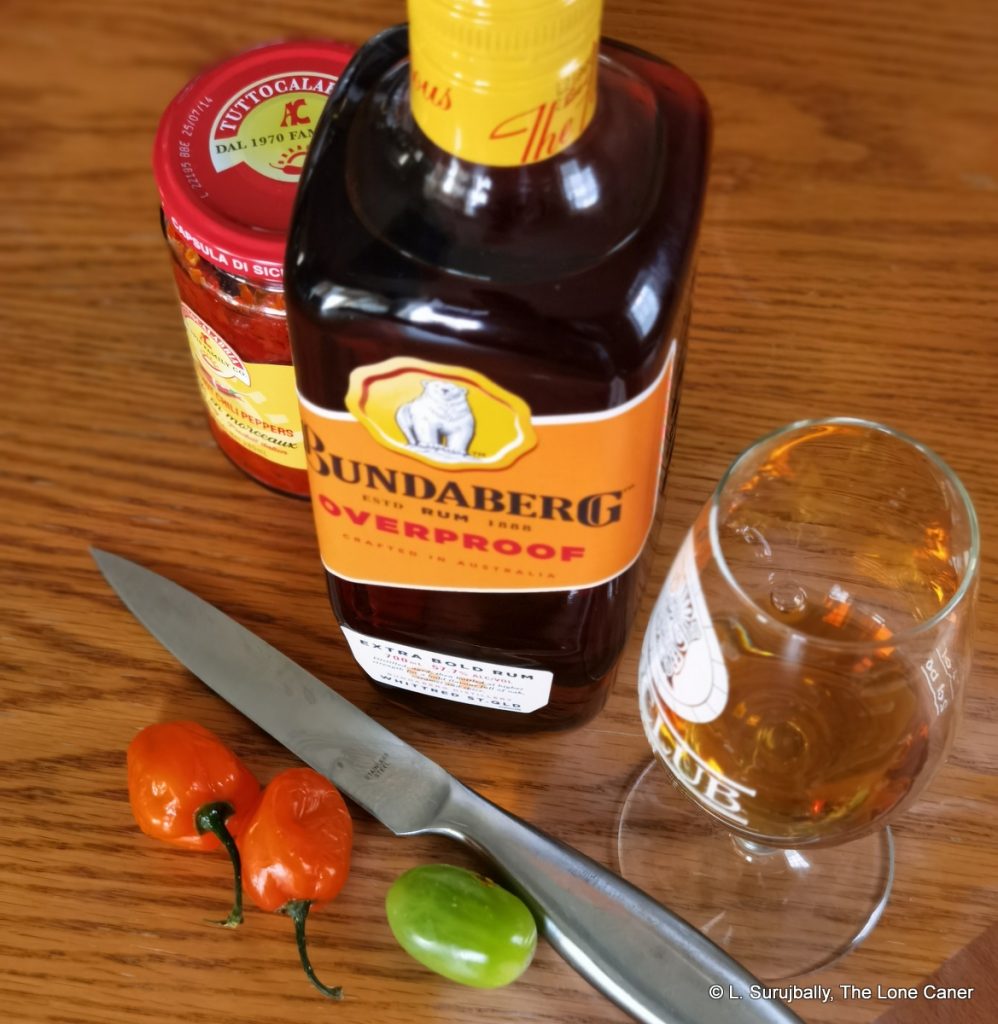 Walk with me here. I can’t speak for you but I still recall the buttery tequila and rotten cashew fruit taste of the Original and to a great extent this is what people remember with such distaste now – it’s “rough as a badger’s arse” according to one redditor just a year ago. Little of that is in evidence on the nose of the Overproof. What you do get is overripe green grapes, hard and too-sweet bon-bons gone stale in a dusty room, salt and a slight agave note: nothing near as overpowering as before, just enough to recall the low end Bundies of yore. Also ginger snaps, a little rubber, light molasses, lemongrass and squishy bananas in hot weather. Not normal, no….not bad either, however.
Walk with me here. I can’t speak for you but I still recall the buttery tequila and rotten cashew fruit taste of the Original and to a great extent this is what people remember with such distaste now – it’s “rough as a badger’s arse” according to one redditor just a year ago. Little of that is in evidence on the nose of the Overproof. What you do get is overripe green grapes, hard and too-sweet bon-bons gone stale in a dusty room, salt and a slight agave note: nothing near as overpowering as before, just enough to recall the low end Bundies of yore. Also ginger snaps, a little rubber, light molasses, lemongrass and squishy bananas in hot weather. Not normal, no….not bad either, however.
The taste is where it all hangs in the balance, and here it falters. “Oh wow, this actually hurts going down,” said The Little Big Caner who was helping me do tasting notes, and had little experience with the care needed in testing stronger fare. This is not a rum he likes, apparently. Yet there’s pepsi, hot buttered scones and pastries, olive oil, overripe soft brown bananas, damp brown sugar and molasses. A slight sweetness, vanilla, caramel, some florals. The strength requires some care, and once one is acclimatised it comes across as reasonably smooth, distinctive and not completely unpleasant drink. The finish is long and aromatic – cola, ginger, some vanilla, anise and that faintly sickly sweet-salt-sour — thick — sense of a dosed tequila. That’s the DNA of this thing and allows it to be tied to all its forebears – if I didn’t know better (or knew more) I’d say this was the local terroire.
So…what to make of it? Well, I believe that the Bundaberg Overproof is a kind of exceptional low grade Rummus Maximus, the sort of in-your-face, colourful, fiery, vegemite-munching experience you really can only appreciate to the fullest after having been bludgeoned into catatonia by its low-rent everyschmuck predecessors. It’s difficult to convey the scope of the (minor) achievement the rum provides because most of us lack a good frame of reference: we have all tasted dozens of Barbadian, French-island, Fijian, Venezuelan, Cuban, Guyanese or Jamaican rums (to name just a few), but Bundies? … not so many.
Comparisons with other Bundies aside, however, I consider the Bundie Overproof “Extra Bold” to be a strong, vulgar, distinctive and uncouth rum…and still a fine and interesting rum to try at least once. And if it retains the vestigial taste profile that so many Aussies claim to detest, I at least can assure you it’s not excessive and you won’t soon forget its unique brand of crazy. It may not have been “suckled straight from a breast of the finest proportions,” as Gunnar rhapsodized, but I see no reason to doubt his claim that many a night of vile debauchery and shenanigan fun has been fuelled by this beverage. In fact, I think my bottle will accompany me to the very next party I attend…just to check.
(#1015)(83/100) ⭐⭐⭐½
Historical Background
Bundaberg Distillery was founded in 1888 by seven Queensland sugar mill owners of the time, at the dawn of the sugar industry there. Within a couple of years it was being sold around the country; and shortly after went belly-up in one of the many disasters to befall the place. Bought out of receivership by three of the original investors in 1894, it again went under for seven years in 1907 (a bad fire), and would you believe it, once again in 1936 (after yet another fire which ruptured the storage area so badly that the Burnett River nearby ran overproof for months).
Yet already by that time it had become a peculiarly Australian and hugely popular libation. In 1899 Bundie accompanied the Aussie soldiers to the Boer War. The distillery was rebuilt in 1914 in time for the Royal Australian Navy and the British Royal Navy to commandeer their entire output and yes, it was there wherever Australians were in WW2 as well.
With the economic downturn of the post-war years, Bundaberg struggled with drought, higher taxes and lessening sales. Yet they continued to produce rum, selling it for the most part as an overproof to local agents who bottled it themselves and it was only in 1974 that they began producing rum under their own branding, using the now-famous square bottle, three-piece label and the polar bear iconography (meant to imply that a Bundie could ward off the deepest cold) which had been introduced in 1961.
Diageo bought the brand in 2000 and moved the entire operation to Sidney in 2014, while spending millions in an expansion plan to meet an increasing global demand. The standard Original flagship was thereafter joined by several different Bundies – Red, Black, Extra Smooth, Black, Reserve, and even a limited edition 18 year old. Say what you will about the pernicious effects of cold hearted cost-cutting accountants rationalising distilleries by closing them, Diageo has both grown Bundaberg’s sales and expanded the lineup of rums the company produces. To this day, however, the majority of sales remain regional, with Queensland still being the biggest single consumer. It remains to be seen if they can ever grow a worldwide audience.
